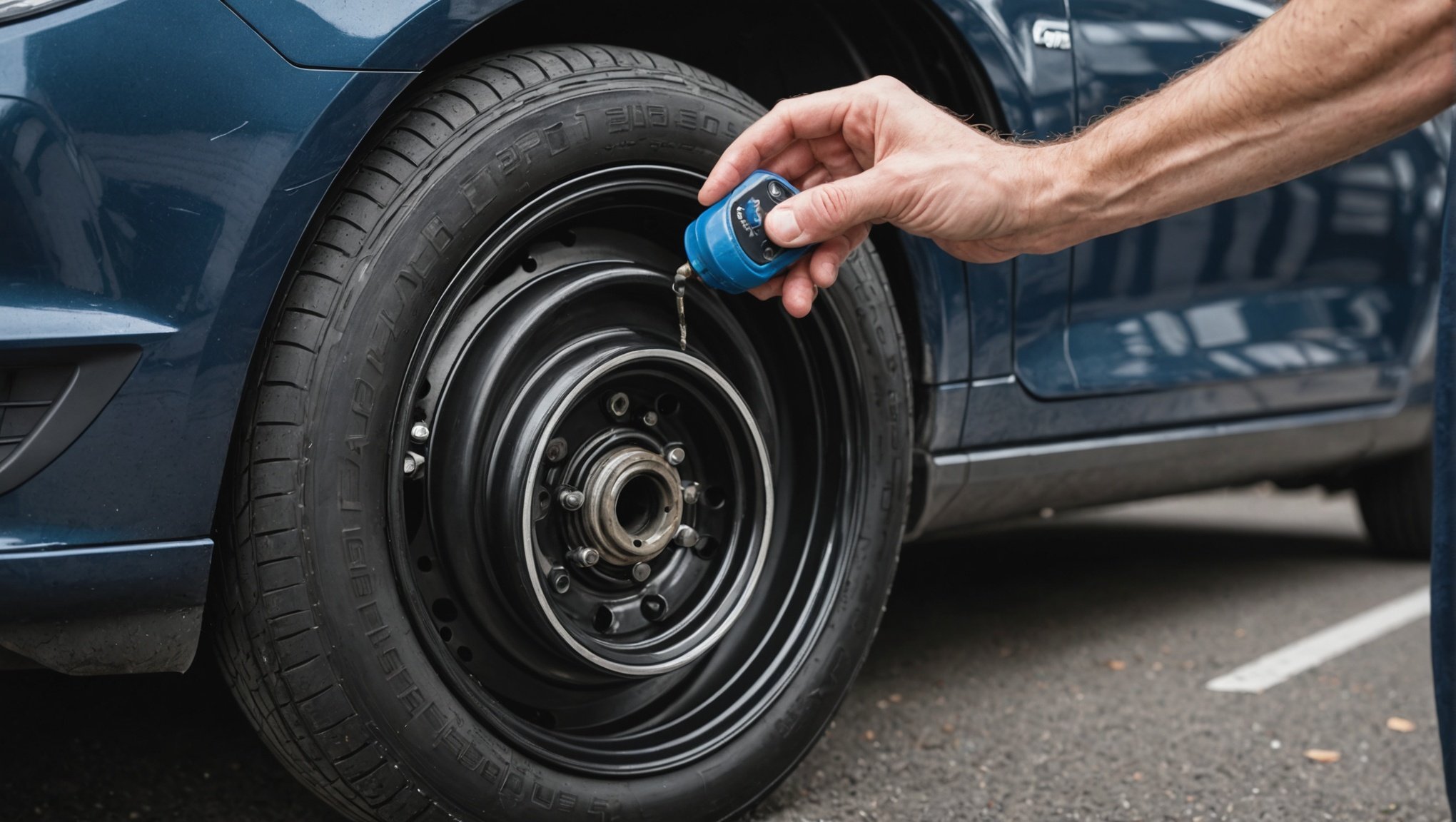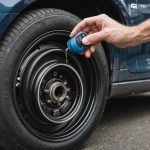Understanding when to replace brake fluids is vital for maintaining your vehicle's safety, especially for cars frequently driven in bustling UK cities. Urban environments can accelerate fluid degradation due to heat and moisture, leading to reduced braking performance. This guide offers insights into the signs indicating when a change is necessary and the best practices for ensuring your brake system remains in peak condition. Prioritising periodic checks can prevent costly repairs and keep you safe on the road.
Importance of Brake Fluid Maintenance
Understanding the importance of brake fluid is crucial for maintaining vehicle safety. Brake fluid acts as a hydraulic medium, transmitting force from the brake pedal to the wheel brakes. This ensures effective stopping power, which is vital for preventing accidents.
Topic to read : Explore your car rental options in st barts today!
Neglecting brake fluid maintenance can have severe consequences. Over time, brake fluid absorbs moisture from the air, which can lead to a decrease in its boiling point. This can cause vapor lock, resulting in brake failure. Furthermore, contaminated brake fluid can corrode brake components, leading to costly repairs.
There are various types of brake fluid, each with specific functions. The most common types include DOT 3, DOT 4, and DOT 5.1. DOT 3 and DOT 4 are glycol-based, while DOT 5.1 is silicone-based. Each type has different boiling points and viscosities, affecting performance under different conditions. It's important to use the correct type specified by the vehicle manufacturer to ensure optimal brake performance.
In the same genre : Top All-Season Tyres for Navigating the Varied Weather of the UK: A Comprehensive Guide
Regular brake fluid maintenance involves checking the fluid level and replacing it as recommended. This simple step can enhance vehicle safety and prolong the lifespan of brake components, ensuring peace of mind for drivers.
Factors Influencing Brake Fluid Replacement in Urban Driving
Navigating urban driving conditions presents unique challenges for brake fluid maintenance. The frequent stop-and-go traffic in cities increases the demand on brake systems, necessitating more frequent brake fluid replacement. This constant engagement of brakes generates heat, which can accelerate the degradation of brake fluid.
Temperature and humidity also play significant roles. High temperatures can lower the boiling point of brake fluid, while humidity can introduce moisture, compromising its effectiveness. In urban environments, these factors are often exacerbated by heat from asphalt and congestion, making regular checks crucial.
Short trips, common in city driving, contribute to brake fluid degradation. Engines and brake systems may not reach optimal operating temperatures during brief commutes, leading to condensation and moisture build-up in the brake fluid. This can result in decreased performance over time, highlighting the importance of maintaining vigilance.
Key considerations for urban drivers include:
- Regularly checking brake fluid levels
- Being mindful of traffic patterns
- Monitoring weather conditions
By understanding these factors, city drivers can ensure their vehicles remain reliable and safe, avoiding potential brake-related issues.
Signs of Brake Fluid Degradation
Recognising the signs of degraded brake fluid is essential for maintaining brake fluid health and ensuring vehicle safety. Visual indicators are often the first clue. Fresh brake fluid is typically clear or light amber in colour. If the fluid appears dark or cloudy, it may be contaminated, signalling the need for replacement. This change in appearance often results from moisture absorption or debris accumulation, both of which can compromise braking effectiveness.
Another crucial sign is a change in braking performance. If you notice that your brakes feel spongy or require more pressure to engage, it could indicate degraded brake fluid. This can be a result of air or moisture in the system, reducing hydraulic efficiency and increasing stopping distances.
Regular fluid checks and testing are vital to prevent these issues. Consistently monitoring the fluid’s colour and level can help identify potential problems early. It's advisable to test the brake fluid for moisture content, especially in older vehicles or those frequently used in harsh conditions. This proactive approach ensures brake fluid health, maintaining optimal performance and safety on the road.
Expert Recommendations for Brake Fluid Replacement
Understanding brake fluid replacement recommendations is pivotal for maintaining optimal vehicle performance and safety. Industry standards suggest replacing brake fluid every two years or 24,000 miles, whichever comes first. However, this can vary based on vehicle type and usage. For instance, high-performance or heavy-duty vehicles may require more frequent changes due to increased brake system demands.
Expert advice from automotive professionals emphasises the importance of adhering to manufacturer guidelines. These recommendations are tailored to specific vehicle designs and ensure that the brake system functions effectively. Regularly consulting your vehicle's manual can provide clarity on the correct replacement intervals.
Moreover, insights from reputable automotive organisations highlight the role of driving conditions in determining replacement frequency. Vehicles frequently used in urban environments, with stop-and-go traffic, may experience accelerated brake fluid degradation. Consequently, experts advise more frequent checks and replacements under such conditions to maintain safety and performance.
By following these brake fluid replacement recommendations, drivers can ensure their vehicles remain reliable and safe. Trusting the expertise of automotive professionals and organisations helps in making informed decisions, ultimately enhancing the longevity and efficiency of the brake system.
Comparing Brake Fluid Replacement in Urban vs. Rural Settings
Understanding the differences in brake fluid wear between urban and rural settings is essential for effective vehicle maintenance. The driving conditions comparison reveals that urban environments, with frequent stop-and-go traffic, generally accelerate brake fluid degradation. This is due to the constant braking, which generates heat and can lead to faster wear.
In contrast, rural driving often involves longer distances with less frequent braking. This can contribute to extended brake fluid longevity, as the brakes have more time to cool down between uses. However, rural roads may expose vehicles to dust and debris, potentially contaminating the brake fluid over time.
The implications for maintenance schedules are significant. Urban drivers may need to replace brake fluid more frequently to maintain optimal performance and safety. Regular checks are crucial to prevent wear-related issues. Rural drivers might enjoy longer intervals between replacements, but should remain vigilant for contamination signs.
Ultimately, understanding the impact of driving location on brake fluid health allows for tailored maintenance strategies. By considering these factors, drivers can ensure their vehicles remain safe and reliable, regardless of whether they navigate bustling city streets or tranquil country roads.
Maintenance Schedules and Best Practices
Brake fluid maintenance schedules are vital for ensuring vehicle safety and performance, particularly for city drivers. Given the demanding nature of urban driving, it is advisable to adhere to a more frequent maintenance schedule. Experts recommend checking brake fluid levels monthly and replacing the fluid every two years or 24,000 miles, depending on the vehicle's usage and manufacturer guidelines.
For those interested in best practices for brake care, self-checking brake fluid levels is an essential skill. Start by locating the brake fluid reservoir, typically found near the engine bay. Ensure the vehicle is on a level surface and the engine is cool. Check the fluid level against the markings on the reservoir, and inspect the fluid's colour and clarity. If it appears dark or cloudy, consider replacing it.
To effectively track your brake fluid maintenance schedule, utilise resources such as digital maintenance logs or vehicle maintenance apps. These tools provide reminders and record-keeping, helping you stay on track with regular checks and replacements. By following these best practices, drivers can maintain optimal braking performance and enhance vehicle longevity, ensuring a safer driving experience.
Relevant Regulations and Safety Standards in the UK
Navigating the landscape of UK brake fluid regulations is crucial for ensuring vehicle safety and compliance. The UK has stringent vehicle safety standards that dictate the maintenance and inspection of brake systems, including brake fluid. These regulations are designed to prevent accidents and ensure that vehicles operate safely on public roads.
Adhering to these vehicle safety standards is not only a legal obligation but also a critical component of regular vehicle inspections. During these inspections, brake fluid levels and quality are assessed to ensure they meet the required standards. Non-compliance can result in fines or vehicle impoundment, highlighting the importance of regular checks and replacements.
For those seeking to understand their legal obligations, several resources are available. The UK government's official website provides detailed information on car maintenance laws and guidelines. Additionally, the Driver and Vehicle Standards Agency (DVSA) offers guidance on maintaining vehicle safety standards, including brake fluid maintenance.
By staying informed about UK brake fluid regulations, drivers can ensure their vehicles remain compliant and safe. This proactive approach not only enhances road safety but also helps avoid potential legal issues, ensuring peace of mind for vehicle owners.

















